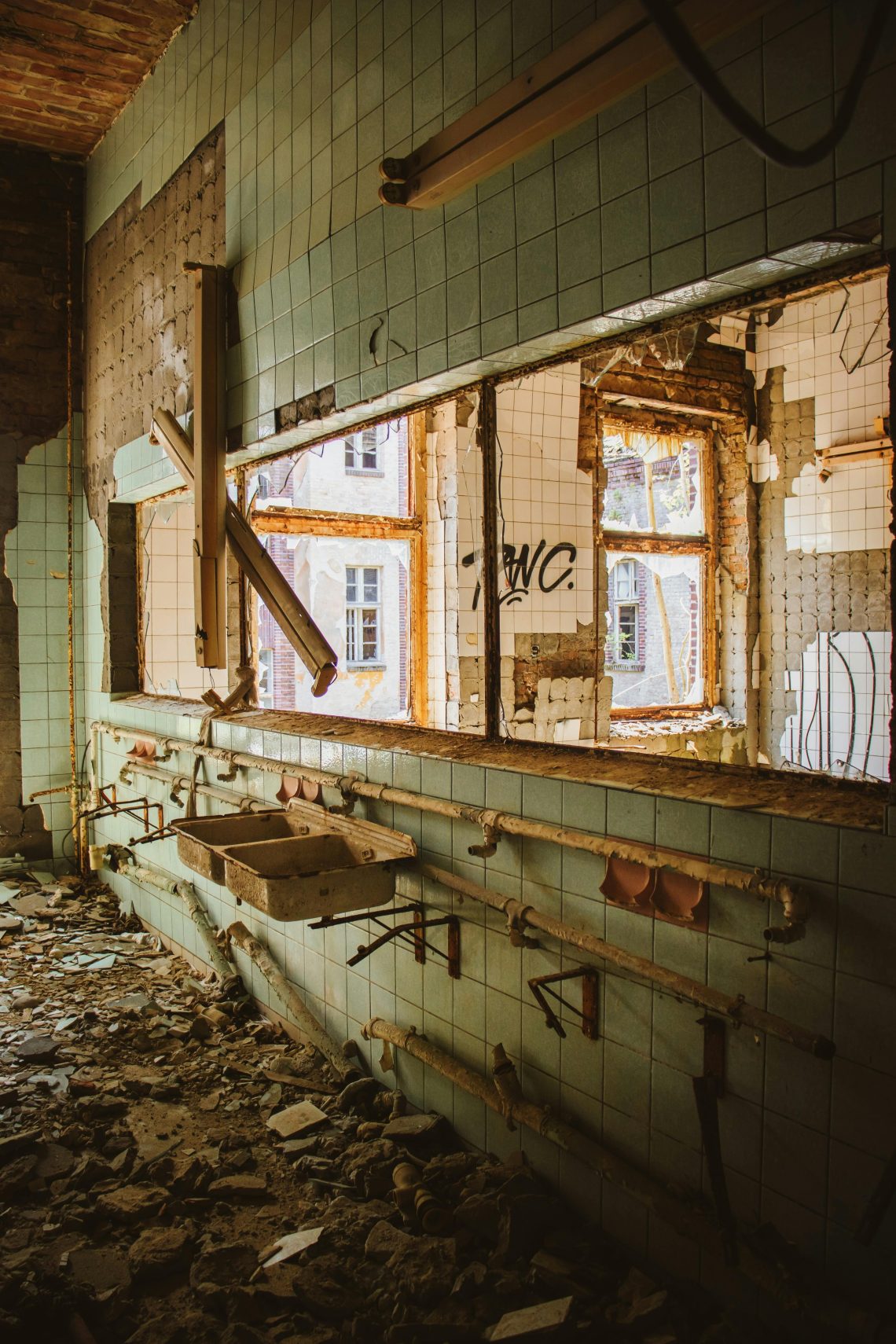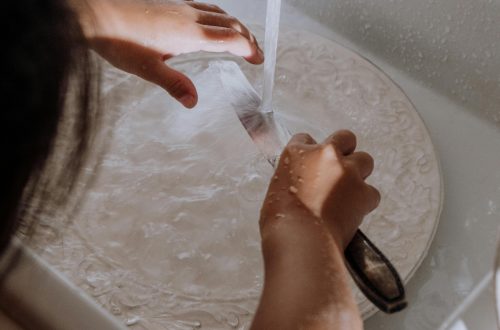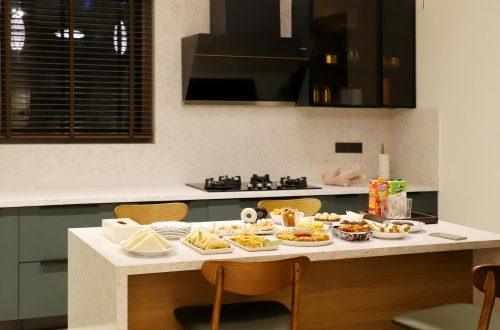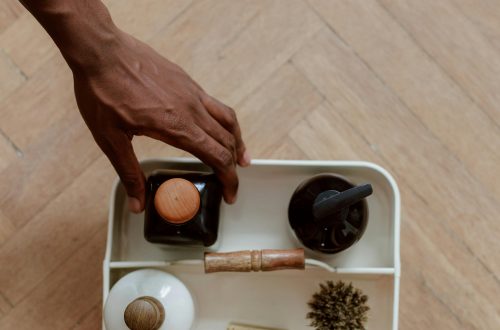Mold in bathroom walls is a common yet frustrating problem that many homeowners face. Not only does it look unsightly, but it can also pose serious health risks, especially for those with allergies or respiratory issues. The warm, damp environment of a bathroom creates the perfect breeding ground for mold, making it essential to address the issue promptly. In this guide, we’ll explore effective ways to remove mold from bathroom walls and prevent it from returning, ensuring a healthier home for you and your family.
Understanding the Causes of Mold Growth
Before tackling mold removal, it’s important to understand why it grows in the first place. Mold thrives in moist, humid environments, and bathrooms often provide these conditions due to frequent showers, poor ventilation, and water leaks. Common causes include:
- Poor ventilation: Lack of proper airflow traps moisture, encouraging mold growth.
- Leaky pipes or fixtures: Hidden leaks behind walls or under sinks create damp areas.
- Inadequate cleaning: Soap scum, dirt, and grime can feed mold spores.
- High humidity: Bathrooms without exhaust fans or windows are more prone to mold.
By identifying the root cause, you can take targeted steps to eliminate mold and prevent it from coming back.
Safe and Effective Mold Removal Methods
Removing mold from bathroom walls requires the right tools and techniques. Here are some proven methods to get rid of mold safely and effectively:
1. Using Vinegar
White vinegar is a natural and non-toxic solution that kills up to 82% of mold species. To use it:
- Fill a spray bottle with undiluted white vinegar.
- Spray the affected area generously and let it sit for at least an hour.
- Scrub the mold away with a brush or sponge.
- Rinse the area with water and dry thoroughly.
For stubborn mold, repeat the process or combine vinegar with baking soda for extra scrubbing power.
2. Baking Soda Paste
Baking soda is another natural remedy that’s gentle yet effective. To make a paste:
- Mix one part baking soda with one part water to form a thick paste.
- Apply the paste to the moldy area and scrub with a brush.
- Rinse with water and dry the surface completely.
Baking soda also helps absorb moisture, reducing the chances of mold returning.
3. Hydrogen Peroxide Solution
Hydrogen peroxide is a powerful antifungal and antibacterial agent. To use it:
- Pour 3% hydrogen peroxide into a spray bottle.
- Spray the moldy area and let it sit for 10-15 minutes.
- Scrub the mold away and wipe the surface clean.
Hydrogen peroxide is especially useful for porous surfaces like grout.
Preventing Mold from Returning
Once you’ve removed the mold, the next step is to prevent it from coming back. Here are some key strategies:
- Improve ventilation: Use an exhaust fan or open a window during and after showers to reduce humidity.
- Fix leaks promptly: Repair any dripping faucets, pipes, or showerheads to eliminate moisture sources.
- Use mold-resistant paint: Apply paint designed to resist mold in high-moisture areas.
- Clean regularly: Wipe down walls and surfaces weekly to remove soap scum and grime.
- Use a dehumidifier: If your bathroom stays humid, a small dehumidifier can help maintain optimal moisture levels.
When to Call a Professional
While DIY methods work for small mold patches, extensive mold growth or recurring problems may require professional help. Consider calling a mold remediation specialist if:
- The mold covers a large area (more than 10 square feet).
- You suspect mold is growing behind walls or under flooring.
- You or your family members experience persistent health issues like allergies or asthma.
Professionals have the tools and expertise to safely remove mold and address underlying issues like water damage.
Conclusion
Mold in bathroom walls is more than just an eyesore—it’s a health hazard that needs immediate attention. By understanding the causes, using effective removal methods like vinegar, baking soda, or hydrogen peroxide, and taking preventive measures, you can keep your bathroom mold-free and your home healthier. For severe cases, don’t hesitate to seek professional assistance. With consistent care and maintenance, you can enjoy a clean, mold-free bathroom for years to come.






